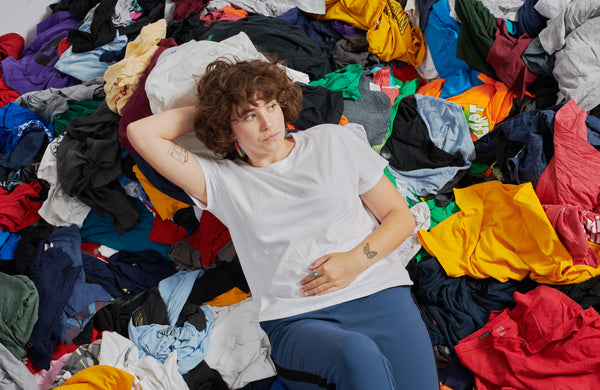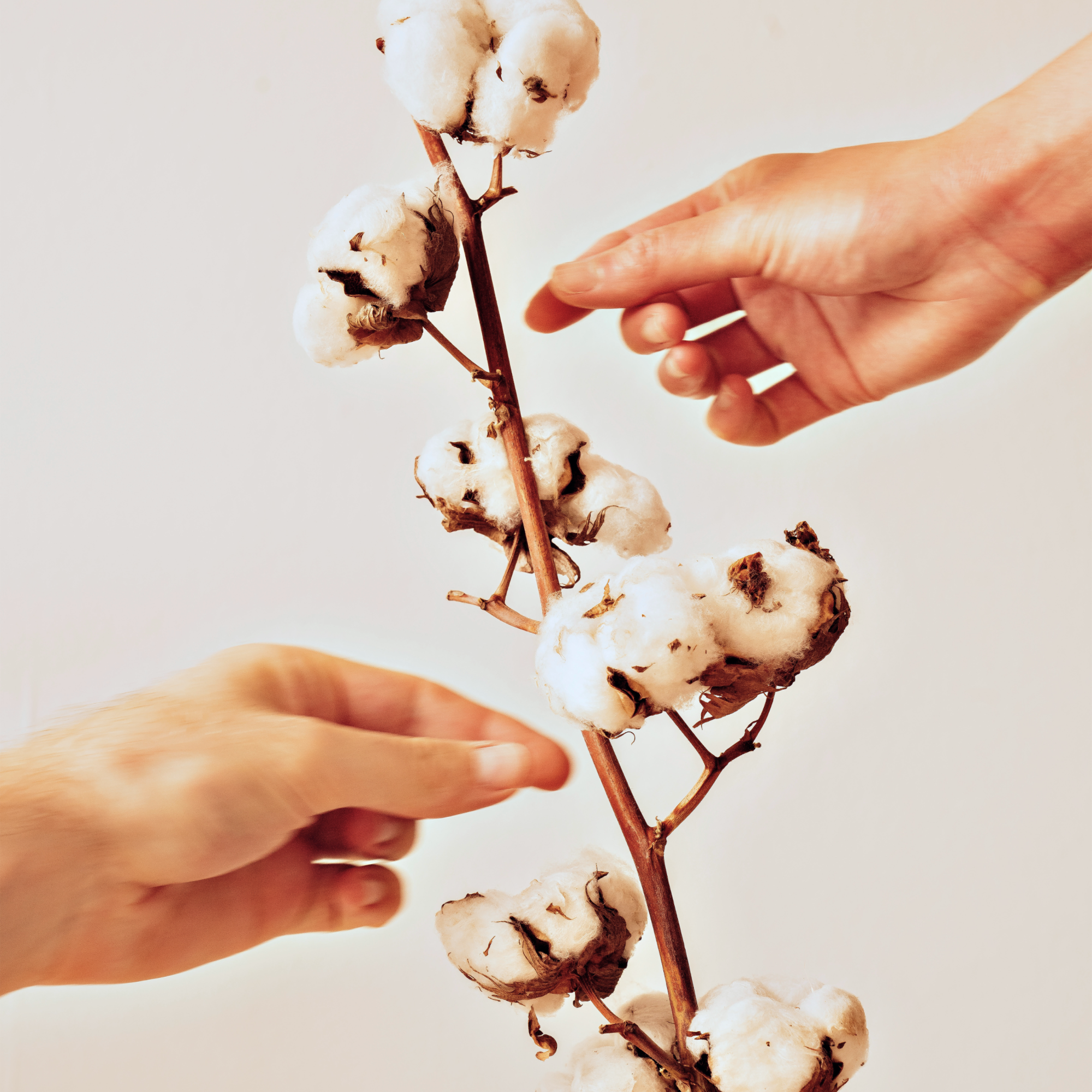Taking sustainability, ethics, quality, and pricing into account, Everywhere’s GRS-Certified recycled cotton beats organic cotton in every category.
Cotton is one of the most widely used fibers in the textile and fashion industries. Most of the world’s cotton is conventionally grown, but regular cotton comes with a slew of environmental and ethical issues.
Conventional cotton uses excessive amounts of water, causes soil degradation, and often involves unethical human labor (1). Toxic pesticides and insecticides used in standard cotton farming can contaminate water supplies, harming ecosystems and causing health complications for farm workers and communities near cotton fields (2).
In the search for alternatives to conventionally grown cotton, many planet-positive consumers and brands are looking towards organic and recycled cotton. Both are biodegradable, free of GMOs and microplastics, and better for the environment than conventionally grown cotton, but which is the best option?
To find a holistic answer, we meticulously researched the water efficiency, waste generation, carbon emissions, health and ecosystem impacts, labor ethics, certifications, material quality, and cost-effectiveness of both fibers. In every topic, our recycled cotton outperforms organic cotton.

Water Consumption + Efficiency
There is much debate about the water efficiency of growing organic cotton. A frequently referenced 2017 report by the Textile Exchange states that organic cotton uses 91% less blue water (water from lakes, rivers and groundwater) than conventional cotton. This report has been critiqued for comparing heavily-irrigated conventional cotton grown in drought-prone regions with strictly rain-fed organic cotton grown in areas with heavy rainfall.
Furthermore, not all organic cotton is strictly rain-fed, so it’s unclear how organic cotton irrigated with blue water stacks up against conventional. Though organic cotton farming at large uses less blue water than conventional cotton, organic cotton’s total water consumption is greater than conventional when green water (rainwater and water stored in soil) is factored in (3).
Organic cotton tends to produce lower yield and only makes up about 1% of cotton produced globally. Because of this, the farms are relatively small and many can be sustained on regenerative irrigation methods. If scaled to compete with conventional cotton, it’s argued that organic cotton would be less water efficient than conventional cotton (4).
Beyond fiber cultivation, additional water is often needed for finishing processes, such as bleaching and dyeing to produce organic cotton apparel. Everywhere’s 100% recycled cotton apparel saves water by skipping bleach, and our basic color lines do not require dyes because we source textile scraps by color. When comparing one Everywhere recycled cotton t-shirt with one organic t-shirt, our product saves ~1,000 gallons of water, which is equivalent to ~6 years of drinking water for one person (5).
Everywhere recycled cotton CirCot™ garments and fabrics use no water in fiber cultivation, because no virgin materials are used to create our products. A 2023 study on water scarcity found that one recycled cotton t-shirt contributes a 96.71% reduction in the water-scarcity footprint (6).
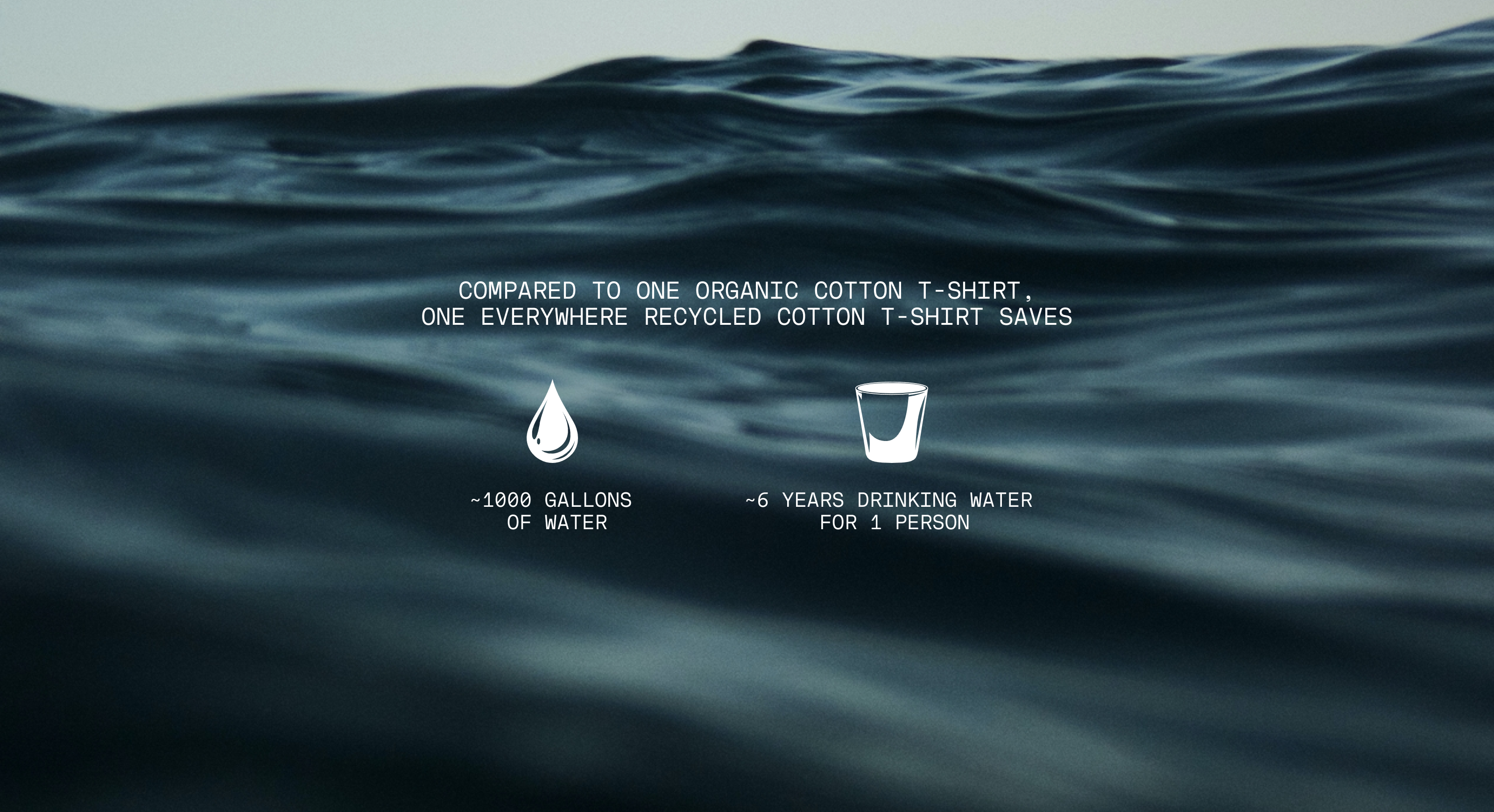

Toxins, Chemicals, Pollution + Health Impacts
There are many regulations limiting the use of synthetic chemicals in organic cotton farming in favor of natural alternatives. Though natural pesticides and insecticides are considerably safer than those used in conventional cotton farming, they can still negatively impact pollinators and the health of farmers.
Natural pesticides and insecticides used in organic cotton farming like pyrethrins, hydrogen dioxide, and spinosad are very toxic to bees (7). Anything that harms pollinators has the ability to disrupt entire ecosystems. Though the effects are considerably less than with synthetic chemicals used in conventional cotton, many organic cotton farmers report nervous system, respiratory, abdominal, cardiovascular, and skin issues after the use of organic pesticides and insecticides (8).
Though chemical use in organic cotton farming is heavily regulated, that doesn’t ensure harmful chemicals aren’t used during finishing and dyeing processes. Bleach, dyes, and other harmful chemicals use freshwater resources and cause pollution. A 2022 study found that in 5 out of 12 categories tested, organic cotton apparel showed higher levels of formaldehyde than regular cotton (9). Look for GOTS and OCS certifications to ensure no toxic chemicals were used to create an organic cotton product.
No insecticides, pesticides, bleach, or toxic chemicals are used to create our recycled cotton materials and apparel. Everywhere CirCot™ fabrics are finished using organic enzymes producing minimal waste water in a facility with water reclamation.
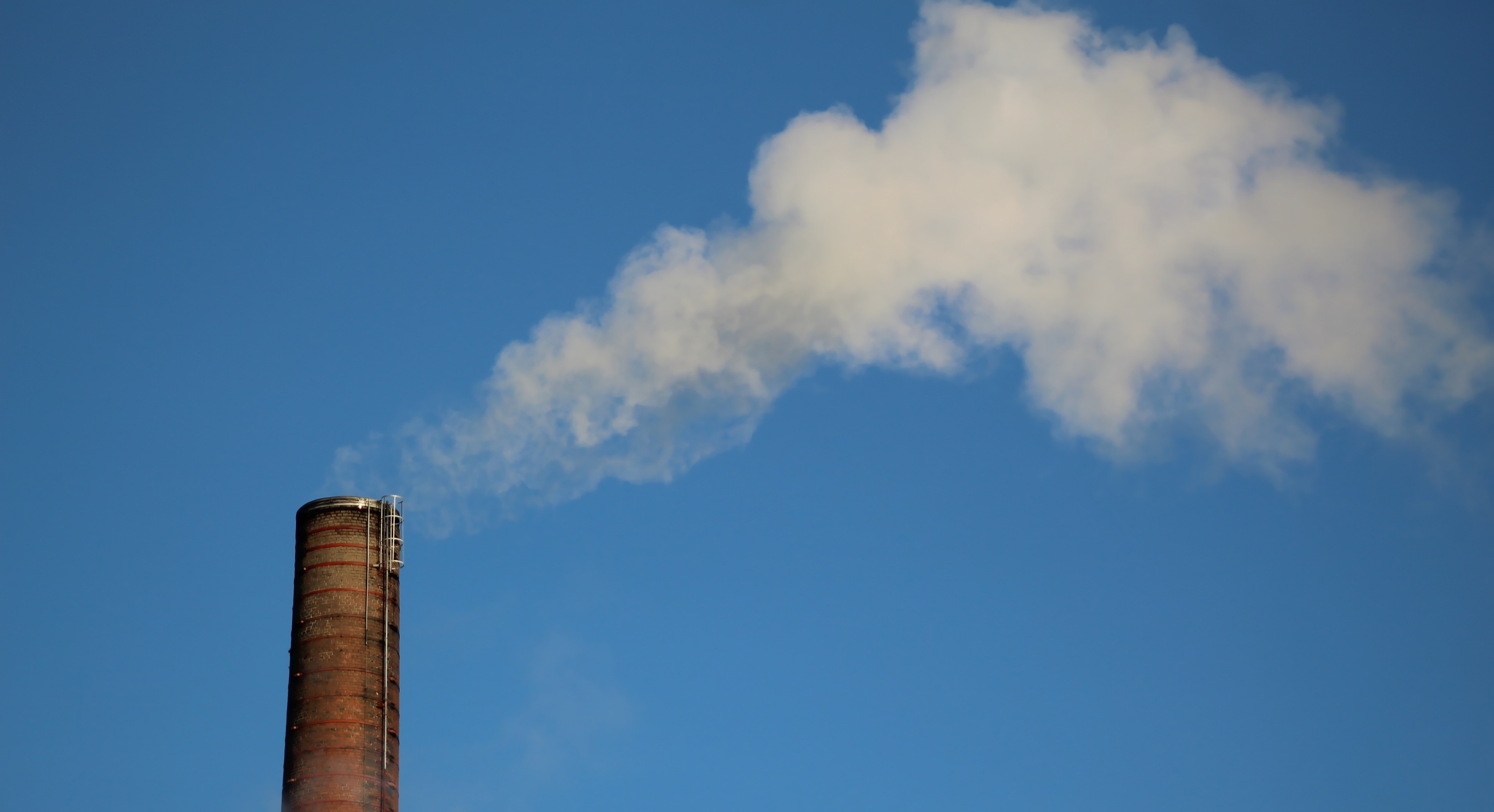
Carbon Footprint + Greenhouse Gas Emissions
Cotton ginning, field emissions, the use of agricultural machinery, and manure all contribute to the carbon footprint and greenhouse gas emissions of organic cotton farming. Organic cotton’s carbon emissions are equivalent to 978 kg of CO2 per 1,000 kg of cotton fiber, which is about half of conventional cotton’s emissions (10).
Similar to the debate surrounding organic cotton’s water efficiency, understanding the true carbon footprint of organic cotton is complicated. Some sources state that the use of manure as fertilizer in organic cotton farming removes carbon from the atmosphere and stores it in the soil. Others state that organic cotton’s greenhouse gas emissions are understated, as manure management accounts for 7% of global agricultural emissions (11). There are also arguments that, if scaled up, organic farming would have more greenhouse gas emissions than conventional farming (12).
Most organic cotton supply chains are global, with thousands of miles between farming, processing, spinning, knitting, and garment production. We’ve created a low carbon footprint, localized supply chain that minimizes the distance between waste source and finished product.
Everywhere is Climate Neutral Certified, which serves as proof that we rigorously measure our carbon impact, reduce our emissions, and contribute to global net-zero GHG emissions. Compared to organic cotton, 100% recycled cotton has ~1/5 carbon emissions and prevents the release of -3 lbs of atmospheric carbon.
All of our recycled cotton apparel includes QR-enabled circular technology that allows consumers to return garments to us to be recycled again. A 2023 study found that Take-Back systems like ours can reduce greenhouse gas emissions by 7.3-28.7% (13).
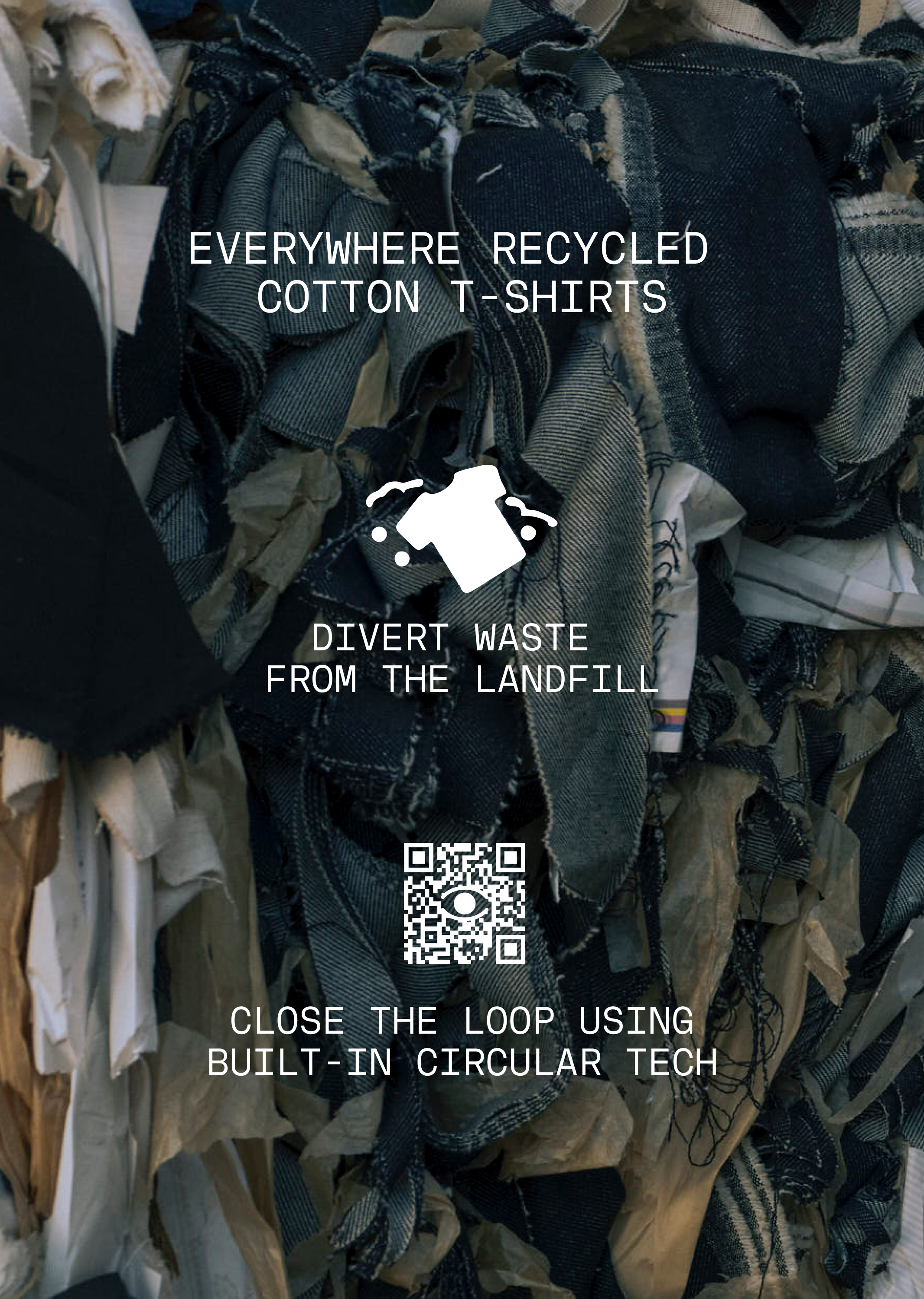
Waste Generation + Recycling
Organic cotton apparel is recyclable, but doesn’t address or diminish global textile waste. Everywhere recycled cotton products divert post-industrial and post-consumer waste from the landfill. One hundred of our recycled cotton t-shirts reduce landfill waste by ~60 pounds.
When organic cotton apparel is made, waste scraps are inevitably generated. Without doing deep research on an organic cotton company’s practices and supply chain, it’s impossible to know if that waste is recycled or destined for a landfill.
At Everywhere, we return textile scraps directly into our closed loop system, ensuring that production waste is turned into new products rather than sent to the landfill. We also facilitate recycling programs for companies, helping them convert deadstock, textile waste, and overproduced goods into new materials.
All of our Circot™ and BioBlend fabrics and apparel are GRS-certified. The Global Recycled Standard established by Textile Exchanges is the world's leading standard for tracking and verifying recycled materials within a supply chain. Our GRS certification demonstrates our dedication to transparency, responsible sourcing and environmental impact.

Ethical Labor Practices + Supply Chains
Conventional cotton farming has been linked to forced labor and worker health complications. Organic cotton is considered to be much more ethical, but it’s important to look for certifications like Fair Trade to know that farmers and manufacturing workers are being treated fairly and are working in safe conditions.
Even with certifications, there are gray areas surrounding the human ethics of organic cotton. Organic cotton farmers have reported health complications when working with natural insecticides and pesticides, and it’s difficult to track if workers are given proper training and personal protective equipment (14). Some farmers in low-income areas have reported financial problems due to the lower yield of organic cotton compared to conventional (15).
Everywhere’s supply chain is ethical and localized. We have direct relationships with all of our supply chain partners to ensure that workers are treated well and have healthy environments to work in. Everywhere recycled cotton fabrics and clothes are knit, cut and sewn in Los Angeles, where we work with minority-run and family-owned businesses.
Our GRS certification and Sedex membership ensure that workers from every part of our supply chain are paid fairly, treated ethically, and are provided with safe working conditions.
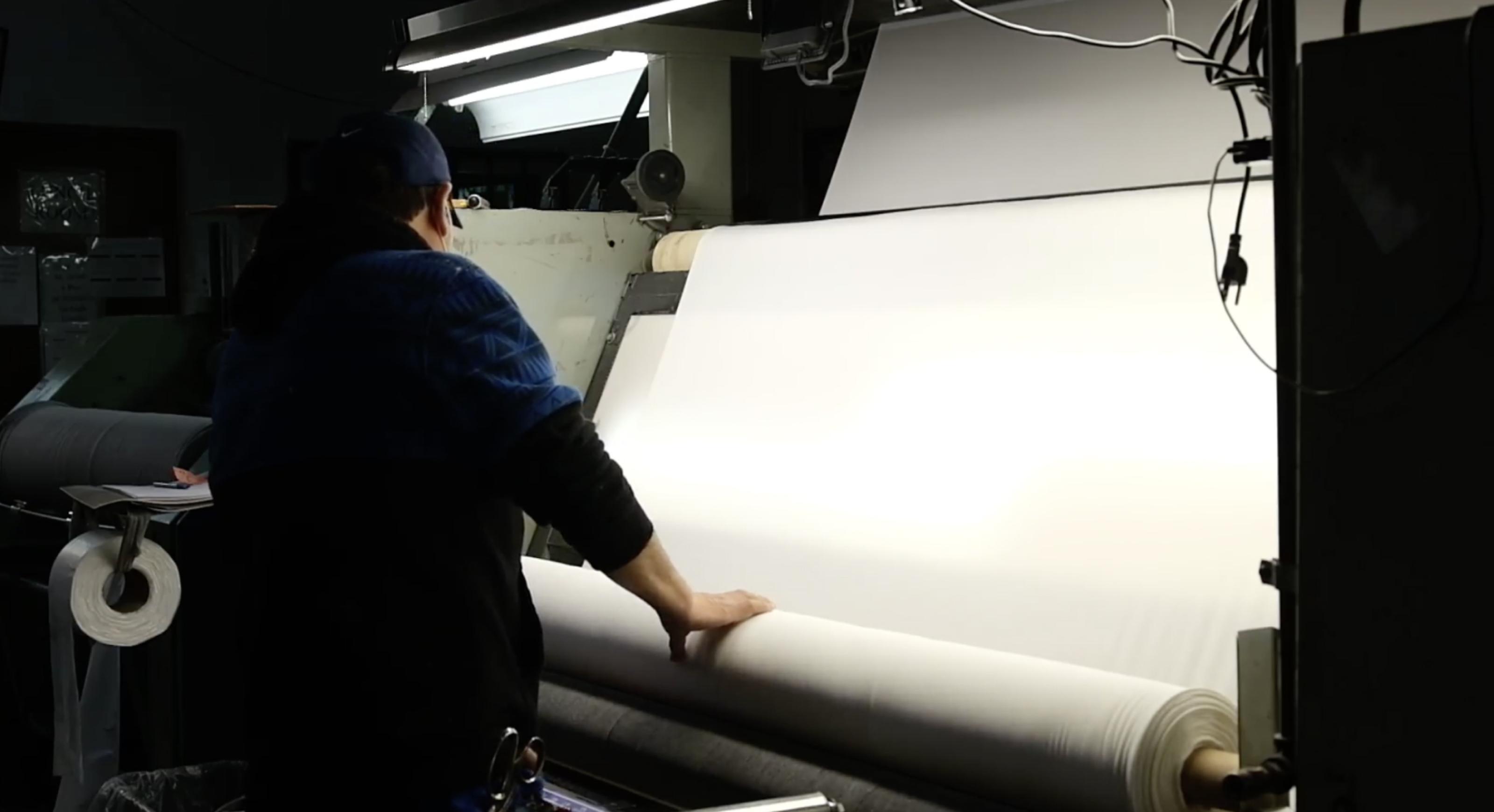
Organic Cotton Responsible Buying + Certifications
There are multiple certifications to look for when buying organic cotton products. Non-certified organic cotton may be grown with synthetic fertilizers, pesticides, or GMOs, and it’s been reported that a portion of certified organic cotton grown may not be genuine (16). Still, certifications can provide proof that organic cotton apparel was created as sustainability and ethically as possible.
Responsible Buyer Organic Cotton Certifications To Look For:
- Organic Cotton Standard (OCS)
- Global Organic Textile Standard (GOTS)
- USDA Organic
- Fair Trade Certification
- OEKO-TEX® STANDARD 100
- OEKO-TEX® STeP
- Cradle to Cradle Certified
- Certified B Corporation
Responsible Organic Cotton Apparel Brands
Recycled Cotton Responsible Buying + Our Certifications
Everywhere Apparel holds a Climate Neutral certification and all of our products are made from GRS-Certified recycled cotton. The Global Recycled Standard established by Textile Exchange sets the transparent standard for third-party certification of recycled materials and chain of custody.
Our GRS certification includes audits to ensure working conditions are safe and fair across our entire supply chain. Everywhere is also a member of Sedex, one of the world’s leading ethical trade membership organizations. We are currently completing a SMETA audit, which tracks labor standards, health, ethics, and safety.
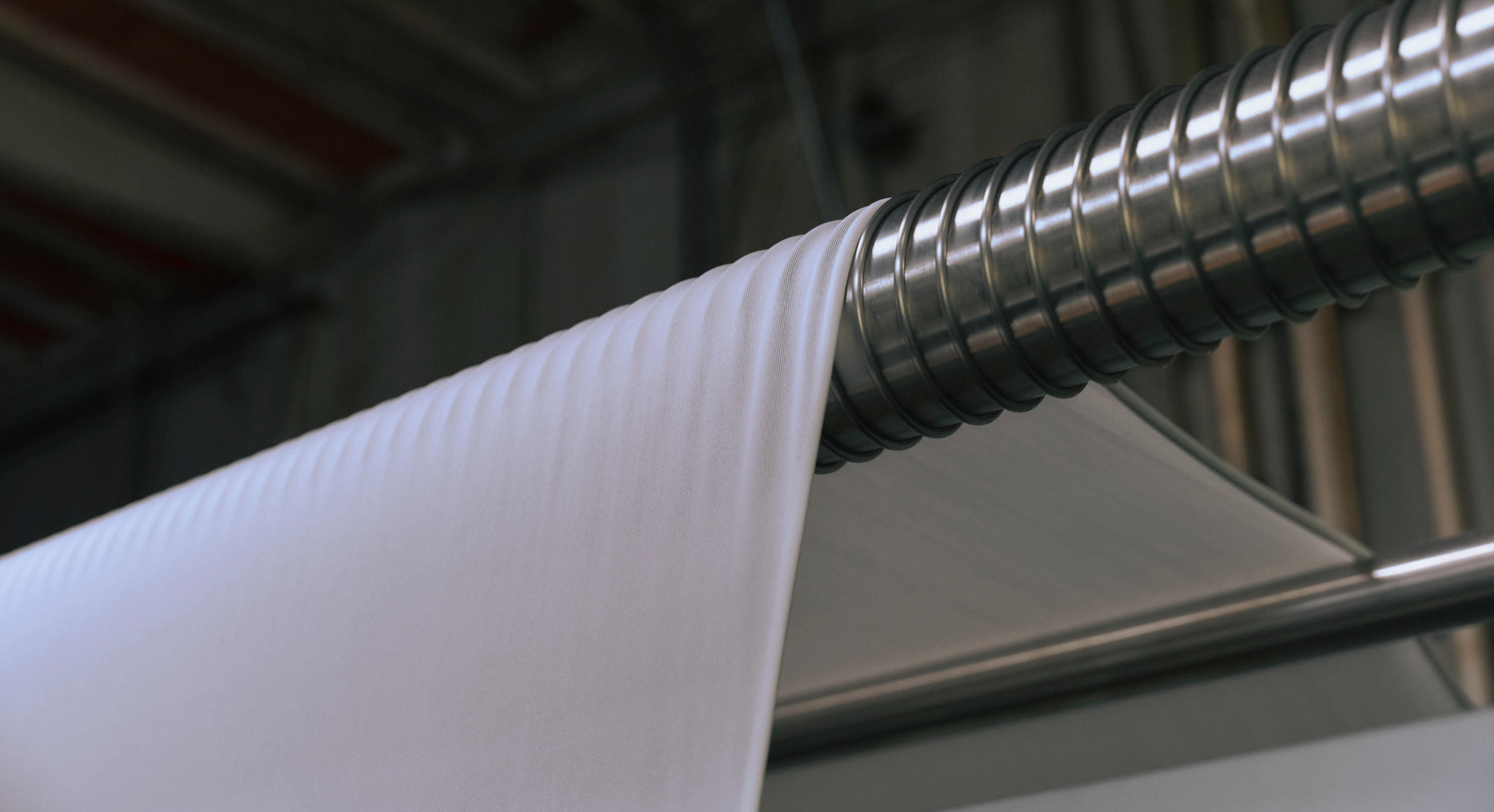
Cost, Demand + Material Quality
The New York Times estimated that organic cotton yields are about 28% lower than conventional cotton (17). Lower yields, expensive certifications, and high demands all contribute to organic cotton being more expensive than conventional. Diminishing global water supplies, climate change, and droughts can further impact organic cotton yield and pricing.
The quality and feel of organic cotton apparel is largely dependent on fiber length. Long staple and extra-long cottons like Pima and Supima are used to create soft and durable apparel, but they are expensive and very difficult to grow organically. Most price-competitive organic cotton apparel is made from short cotton fibers, which can cause it to be nubby and less durable (18).
Our recycled cotton apparel is high quality, long-lasting, flexible, and ultra soft. We have a massive amount of global textile waste available, so recycled cotton can meet high consumer demands at accessible prices for both wholesalers and consumers.
Why We Choose Recycled Cotton
Everywhere’s recycled cotton beats organic cotton in every sustainability category. It’s water-efficient, carbon neutral, and diverts waste from the landfill.
Our recycled cotton fabrics and apparel are also soft, comfortable, durable + affordable. We’re providing quality, eco-conscious products at accessible prices to brands and consumers alike.
Ultimately, we believe that recycled cotton is the most sustainable and ethical material available today. Our products are paving the way for a more circular future in textiles and apparel.

Citations
- Forum for the Future. Cotton 2024.
- Collective Fashion Justice. Conventional Cotton.
- Esteve-Turrillas, F. A., and M. de la Guardia. "Environmental Impact of Recover Cotton in Textile Industry." Resources, Conservation and Recycling, vol. 116, Jan. 2017, pp. 107-15.
- Vogue. How Sustainable is Organic Cotton, Really?
- Esteve-Turrillas, F. A., and M. de la Guardia. "Environmental Impact of Recover Cotton in Textile Industry."
- Sustainability 2023. A Spatial Water Footprint Assessment of Recycled Cotton T-Shirts: Case of Local Impacts in Selected China Provinces.
- Transformers Foundation. Cotton: A Case Study in Misinformation.
- Elsevier. Self-reported health effects of pesticides among cotton farmers from the Central-West region in Burkina Faso.
- Toxics. Early-Life Exposure to Formaldehyde through Clothing.
- Textile Exchange. The Life Cycle Assessment of Organic Cotton Fiber.
- AgLEDx. Manure Management.
- Agriculture and Human Values. Does certified organic farming reduce greenhouse gas emissions from agricultural production?
- City University Of Hong Kong. Life cycle environmental impact assessment of cotton recycling and the benefits of a Take-Back system.
- Transformers Foundation. Cotton: A Case Study in Misinformation.
- The New York Times. That Organic Cotton T-Shirt May Not Be as Organic as You Think.
- Ibid.
- Ibid.
- The New York Times. Is Organic Cotton Really Better?
